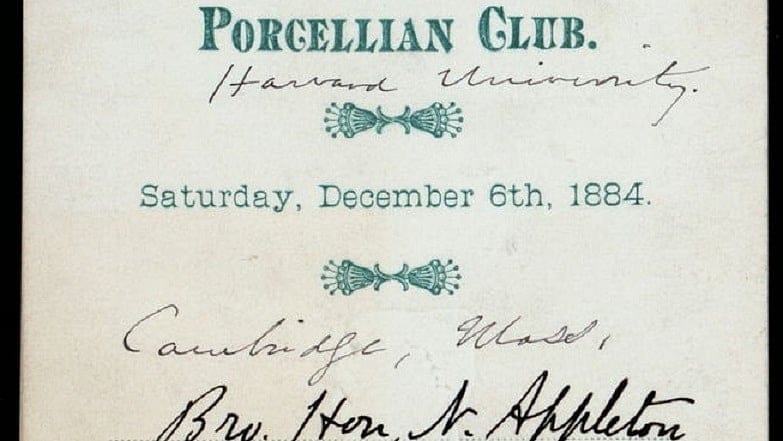Harvard Final Club fights back

CAMBRIDGE – Harvard College's Final Clubs, the exclusive social institutions unaffiliated with the Ivy League university but targeted by administrators over sexual assault data, are fighting back.
In March, a school task force on campus assault released a report that ripped the undergraduate school's six all-male clubs, blaming them for sexual assault on campus and asserting that "female Harvard College students participating in Final Club activities are more likely to be sexually assaulted than participants in any other of the student organizations we polled." The report relied heavily on an anonymous survey conducted for the school by Association of American Universities and released last fall. The AAU survey claimed that 1-in-5 Harvard women were sexually assaulted in some way during their four years on campus. While the report says the survey indicates "that the vast majority of sexual assaults in the College occur in the Houses and freshman dormitories," the task force pinned the Final Clubs as a guilty party.

